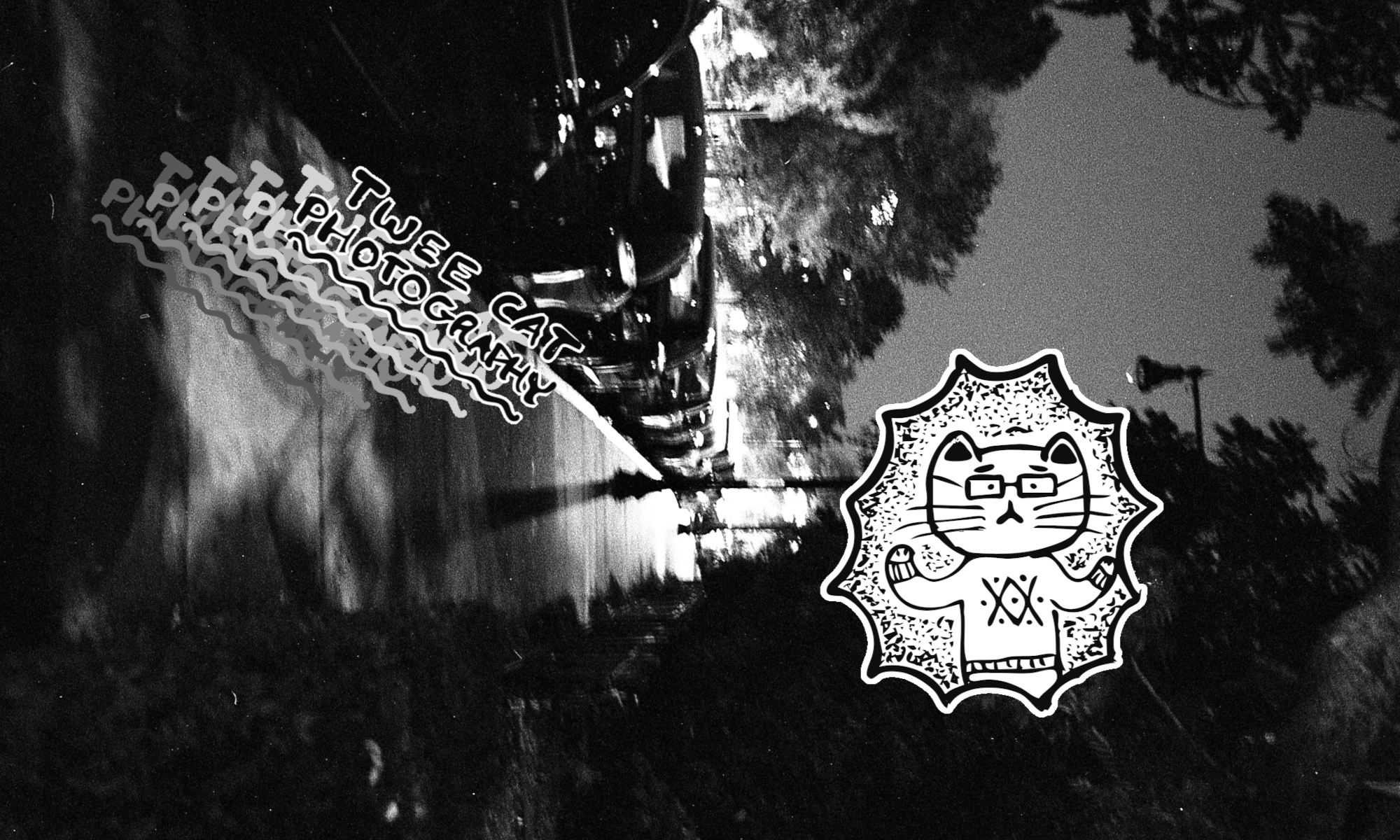Ilford SFX is a panchromatic black and white film which can also be used for infrared photography – this is the contention of the data sheet which Ilford publishes (the product on their own site here, and the data sheet in .pdf here). I did this brief field test to see how to achieve this result in practical terms. I have used the film before, and with results I considered good, but I haven’t been able to dial in the correct exposure conditions to use the film for infrared photography. The data sheet contends that it is possible, and other people have been successful in using it that way, and so I concluded that my own procedure must be at fault.
The test I devised was as follows: I used a Mamiya C330 with a 105mm DS lens, fixed on a Berlebach tripod to make a series of exposures under different exposure conditions. I developed using Rodinal 1:50 for 10 minutes, which is considered standard development. I used six filters commonly used in black and white photography to try to illustrate the differing effects they would have on the resulting image. The results are displayed above. You will find, by the way, that I increased exposure more than the data sheet suggests for each of the filters used. This was down to my own knowledge of the filters in question and how much they reduce exposure under similar conditions. I think my estimations are borne out by the images. I recommend you make tests on any filters you use frequently so you can adjust in a similar way. The published values listed for most filters are reliable, but should be understood more as a starting point. Your own individual gear will give results that vary as much as one or two stops, and that is a significant difference.
Looking at the data sheet, you can see that the spectral sensitivity of the film is relatively consistent up into the near infrared range. The results of this is that each of the filters with the exception of the R72 have very little effect on the image. I have intentionally chosen a scene in which there is a lot of green and which is illuminated by bright sun. This of course will favor the infrared filter in a sense. It will return the most striking results under these conditions. That having been said, I was surprised at the lack of effect from the Red 29 filter. With many films with sensitivity reaching into the near infrared range of the spectrum, a red or a deep red filter will produce images which look almost like infrared images. This is not at all the case with SFX.
I began by mentioning to you that I had difficulty obtaining good infrared images with this film. I suspected when I began this process that the reason for that was the flatness of the spectral sensitivity through the visible spectrum and the quick drop off in the early part of the near infrared range. I think the images above bear that out. The film is designed to respond like a regular panchromatic film unless you go so far as to use an infrared filter. The data sheet mentions this more or less explicitly, stating that the film can be used as either a normal film or an infrared film. It’s a useful feature as long as you know how to make good use of it. The only downside is that because the sensitivity to infrared is relatively low, you have to increase exposure more than you would with some other films. The first of the two images taken with the R72 filter shows this well. You really need to increase exposure more, or the image will be underexposed in the shadow areas. By contrast, many other films which have infrared sensitivity, like for instance the Agfa aerographic films rebadged as Retro 80s, Superpan 200, and Retro 400s, can produce infrared images even with a green filter under the right conditions. Sometimes a deep red and a green filter will produce a very similar image on those films. The much-loved Kodak HIE would produce images with the appearance of being an infrared image even with a yellow filter or a light red filter. So it matters quite a lot what the sensitivity of the film is and where in the spectrum that sensitivity is highest. I hope the images above can help show that. It has certainly been useful to me to establish this. Using SFX became much more predictable after I went and did this.









